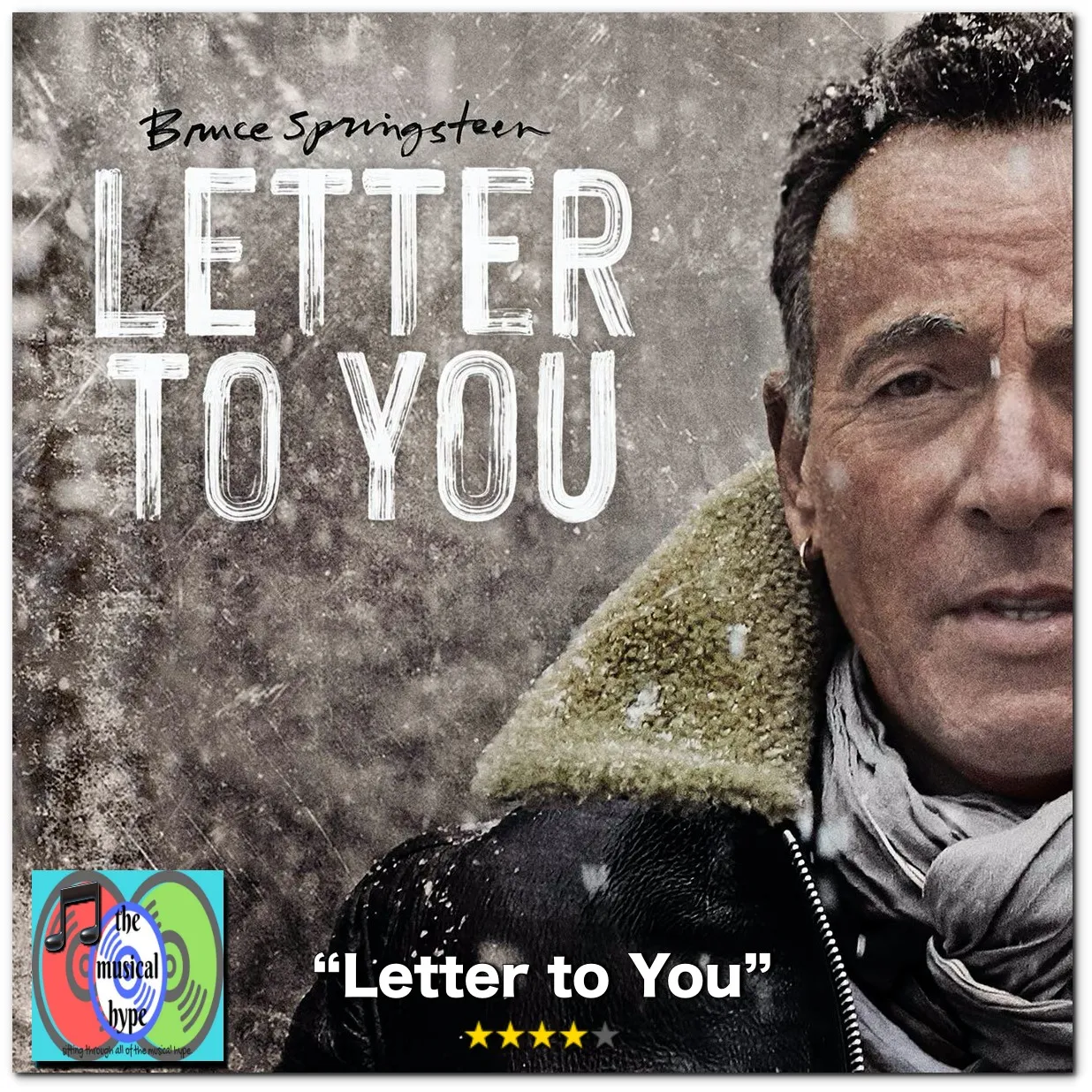Bruce Springsteen with 71 years in tow and more than half a century on stage, El Jefe made a change of roles in the protagonism of his work: after years of creating stories about characters who must deal with some type of loss in order to move forward, now He decided to make mourning for one of his best friends the creative fuel for his twentieth studio album. And where many would have founded kilometer zero for a journey into introspection and intimacy, he found the catalyst for his most intense album in a long time.
The death of George Theiss, his partner in The Castiles, the band of his adolescence, put the author of "Thunder Road" on a reflective plane. First, he rescued some songs that he had composed even before his first record deal. And, with the repertoire already defined, he summoned The E Street Band to record the album live in the studio, five days of intense work not to allow the gunpowder to even get wet.
At freight train speed, “One Minute You're Here” promises a crystalline and diaphanous folk that could be part of Western Stars , his previous work. In that postcard that sounds like composed and recorded in a wheat field, Bruce Springsteen reveals how the shadow of death appears closer and closer and without warning. That melancholic air evaporates with Max Weinberg's first snare hit on “Letter to You,” and Nils Logfren and Steven Van's guitars. The same force and the same candor dominate “Burnin 'Train”, a song of love and redemption with a guitar solo in which the notes run over each other, in the manner of Neil Young.
"Janey Needs a Shooter", the first of the three songs that Bruce Springsteen rescued from oblivion, sets his action in a small town in which three male stereotypes (the doctor, the priest and the policeman) dispute the same woman, a story that unfolds with more grace on the musical plane than on the narrative. On the other hand, in “Last Man Standing”, every word counts: the memory of the moments shared with Theiss also becomes a reminder that there is a clock that cannot be stopped and that, no matter how the last man standing sits, that title is not for life. Nostalgia also plays twice when the band opens the limelight to the sax of Jake Clemons, who for some years has occupied the place that his uncle Clarence had with Springsteen himself for almost four decades, until his death in 2011.
About halfway through the album, one of the New Jersey musician's obsessions takes over the scene: faith, as a place of refuge and also of common union. "The Power of Prayer" equates the power of religion with that of music and takes the action to a cafeteria where they are about to give the order to close while Ben E. King plays in the background. With less emphasis on preaching, "House of a Thousand Guitars" slows down the march and strolls between churches and prisons, and Springsteen becomes a kind of pastor who adds parishioners to fight an earthly enemy: Donald Trump ( “ _The criminal clown stole the throne, he steals everything he cannot possess / Let the truth resonate in every small ”). Political disgust spreads its roots to "Rainmaker." With a sister tune to “Downbound Train” ( Born in the USA 1984), and it doesn't take too many clues to understand the message of this fable about a con man who promises rain to a group of farmers desperate for drought ...
With its blend of western and life in the American Deep South, "If I Was the Priest" is a road song made to beat the beat with the left hand while the right holds the wheel. The second song that he rescued from oblivion is responsible for taking the Catholic imaginary and bringing it to a working-class present in which the Virgin Mary runs a saloon, he officiates mass on Sundays and sells his body to the highest bidder the next day. And fiction gives way to reality in "Ghosts", another song inspired by the friend who is gone. The sepia postcards and memories pile up in one of the album's most energetic moments: Springsteen hangs up his old partner's Les Paul and counts to four to indicate the changes to the theme and show just how spontaneous the recording was. disc (and also how oiled the machinery of the group that accompanies it for decades).
The last trip to the past comes from the hand of “Song for Orphans”, written in 1971, which works as a fresco of a time that was long gone in the life of Bruce Springsteen: aspiring artists as lost children in search of salvation in the form of success. And although the rescue seems strange in his voice of the present, it makes sense within an album in which the ghosts of the past reappear in each groove. Perhaps that is why “I See You in My Dreams”, although it replicates the format of the album's opening, decides to take its reflection to another terrain for the closing.
